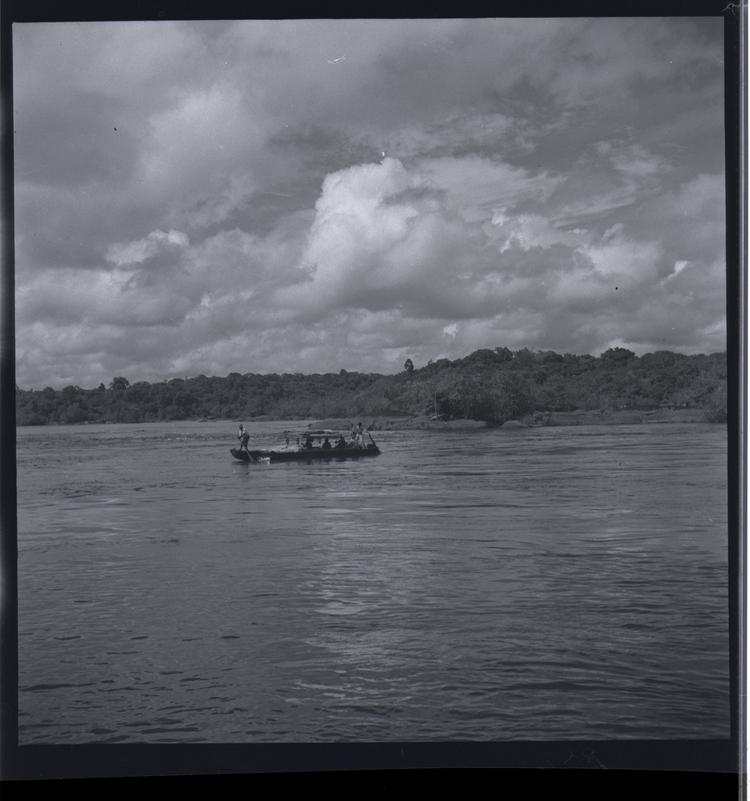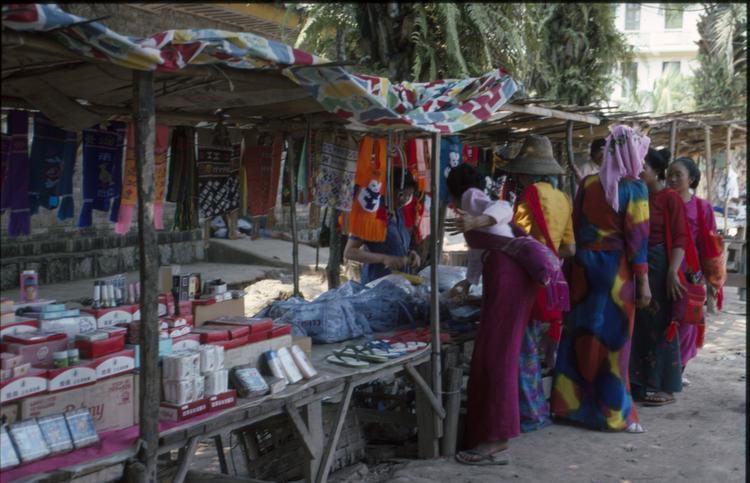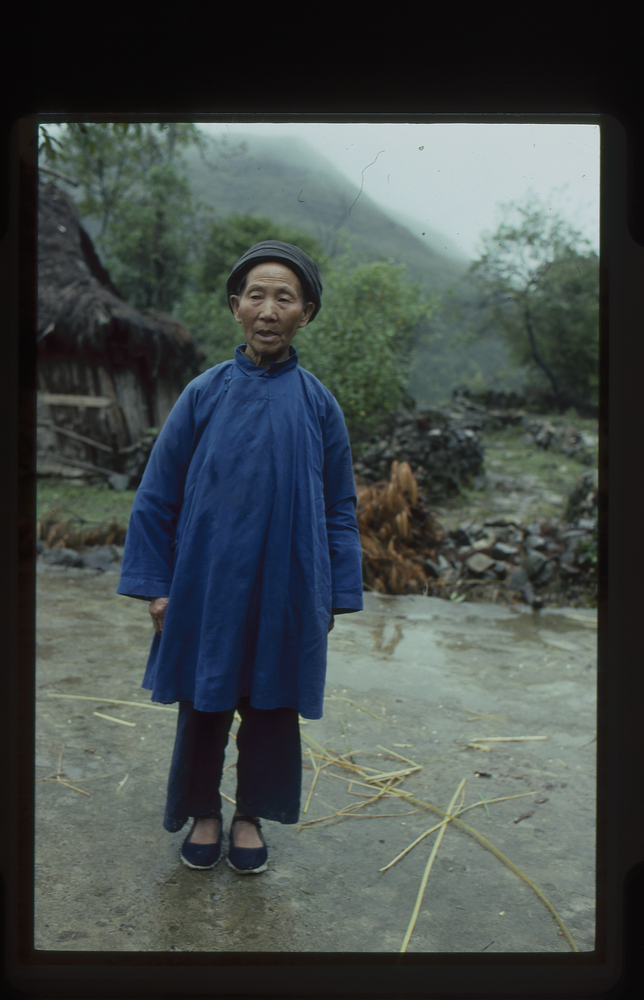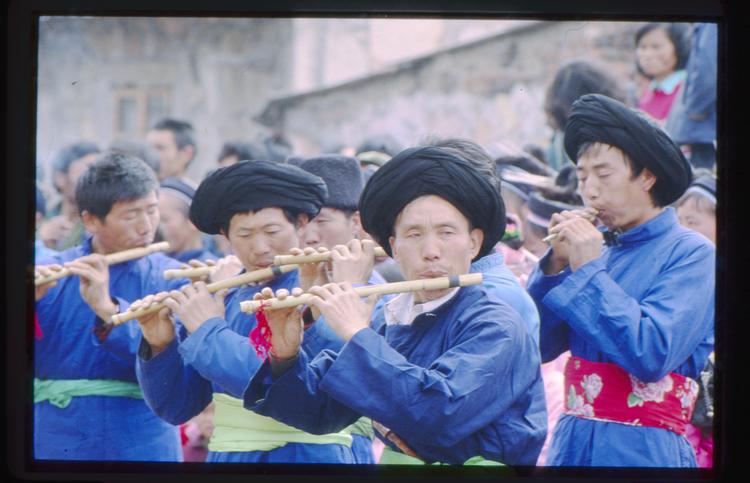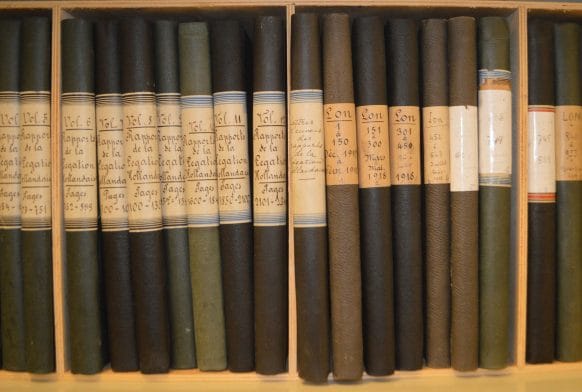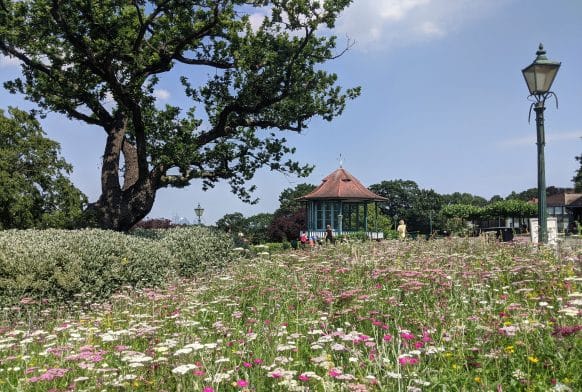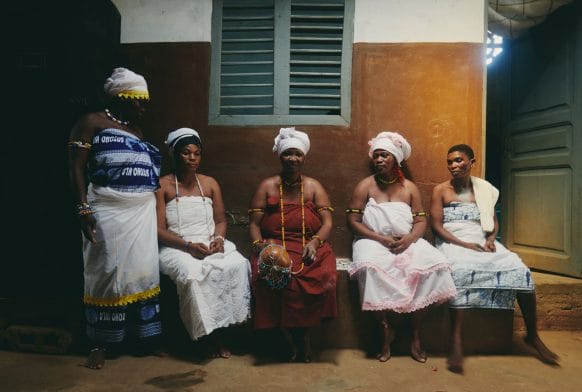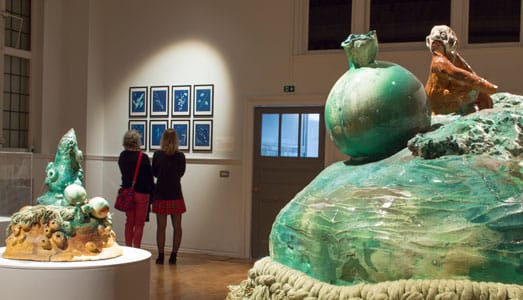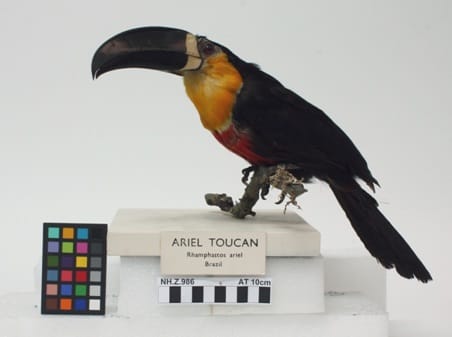
Detailed newspaper article about the acquisition to the Horniman Museum of one of two similar enamelled Japanese vases brought only a few months before from Yokohama. The gentleman who initially purchased the pair has retained the other vase for his residence in Brighton.
The one on display at the Horniman Museum is to be admired in the Reception Room (also known as the Japanese Room). It is a large object of five feet high, resting on a Japanese iron-wood carved stand. The two vases were manufactured by Kawano &Co in Owari, and they took over four years to make: started in 1887, they even survived the earthquake from October 1891.
The vase at Horniman Museum is of cast bronze or copper, and the enamelled design is painted or stamped on the surface. The finished product goes through a complex multi-phase manufacturing process, each successive stage requiring a lot of skill and patience on the part of the artisans. Some of the incredibly detailed ornaments on the vase include: two dragons around the neck, brown and blue-green; medallions with various figures playing on musical instruments; mythical birds alternatively placed with dark and light background, etc. The pair of vases was valued, at that time, at £ 1,000, but the striking beauty of the Horniman Museum’s vase is sure to be repay enough for any visitor of the museum.



